Woolly mammoths roamed the Earth thousands of years ago, and their fascinating lives continue to captivate us today. From their enormous size to their unique adaptations for cold climates, let’s uncover 15 surprising facts about these incredible creatures.
1. Woolly Mammoths Had Long, Curved Tusks
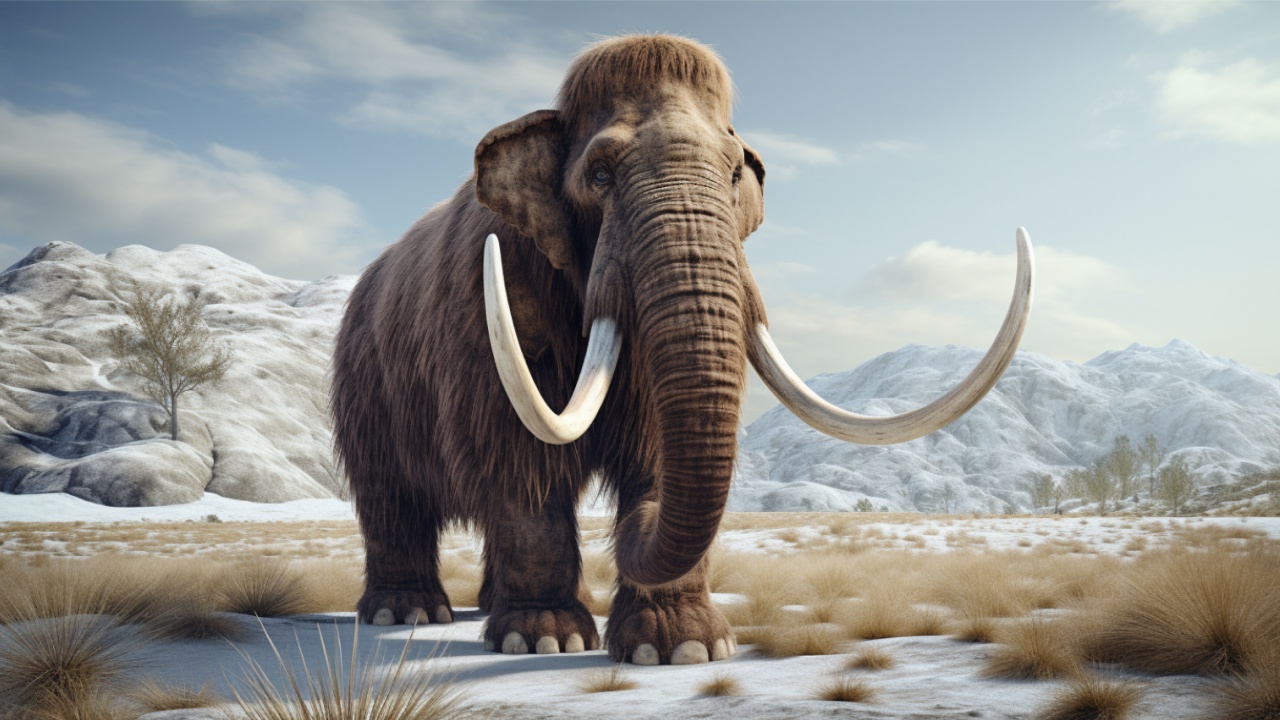
Woolly mammoths had tusks that could grow up to 15 feet long. These tusks were used for fighting, digging through snow for food, and even attracting mates.
2. They Were Covered in Thick Fur
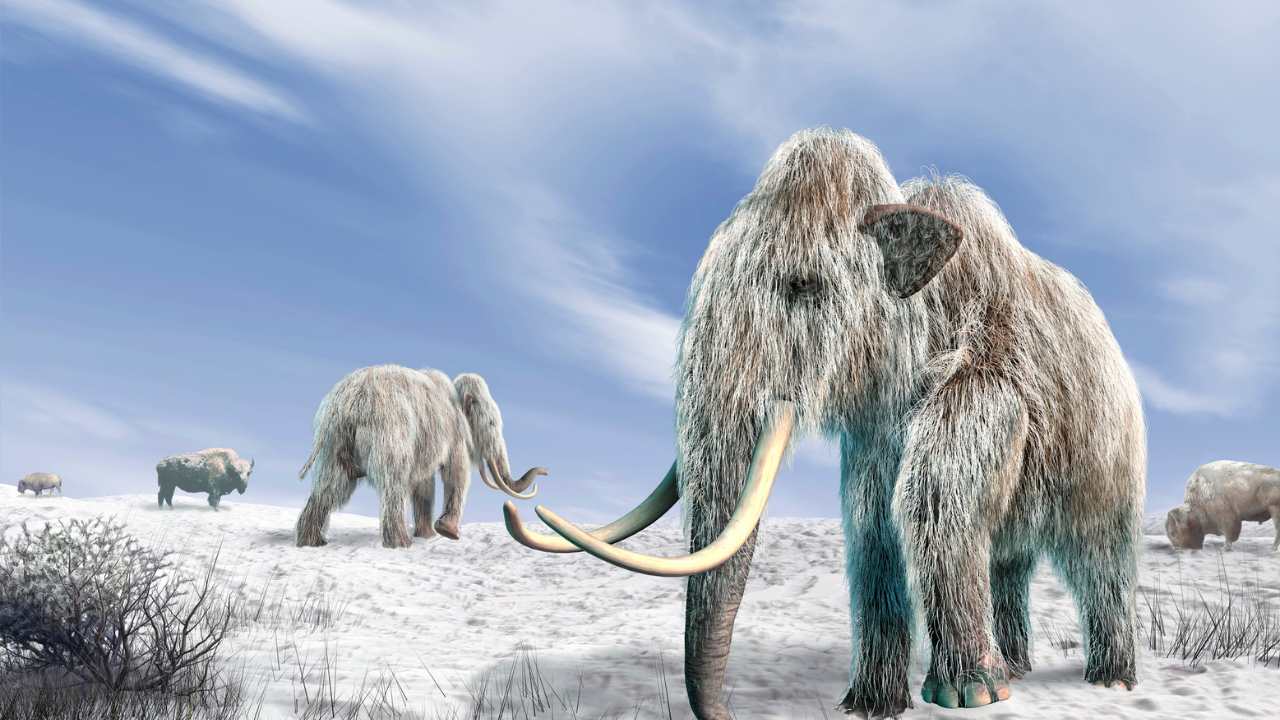
To survive the icy conditions of the Ice Age, woolly mammoths had long, shaggy fur and a layer of fat up to 4 inches thick. This kept them warm in temperatures as low as -58°F.
3. Their Teeth Were Specially Adapted
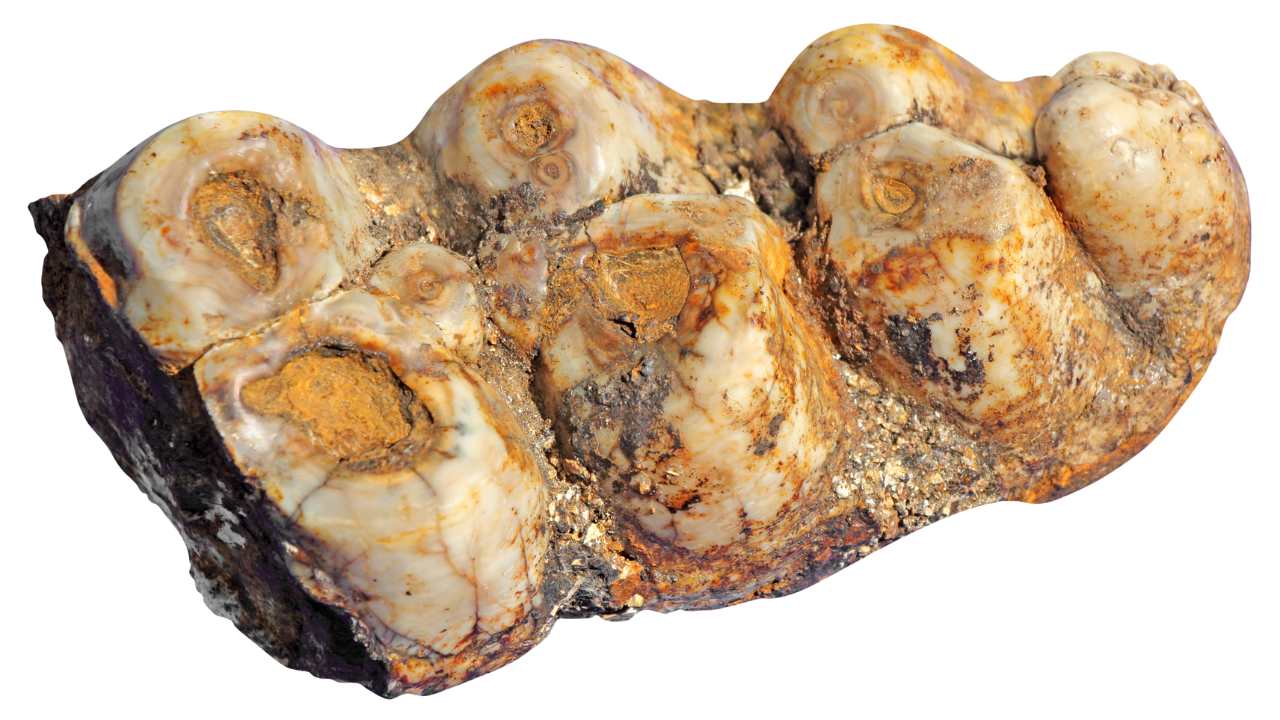
Woolly mammoths had large, flat molars with ridges, perfect for grinding tough vegetation like grasses and sedges. Their teeth were replaced six times throughout their lives.
4. They Were Huge
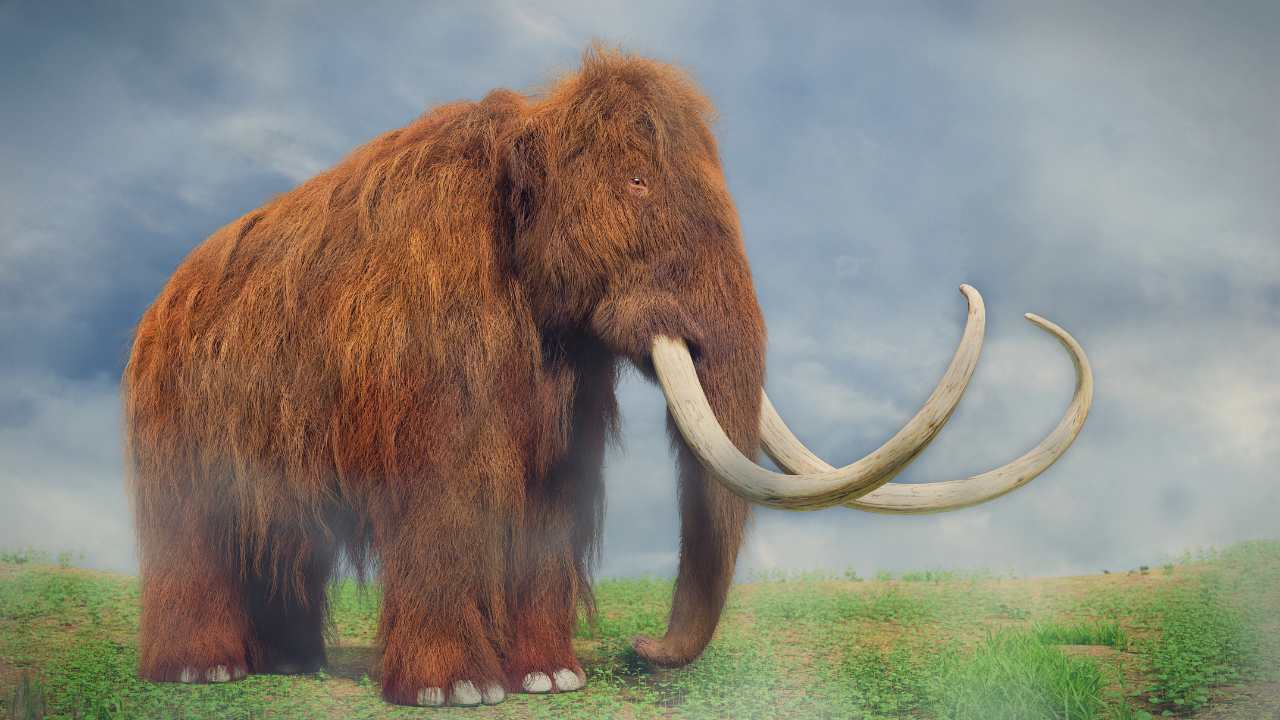
An adult woolly mammoth could weigh up to 6 tons and stand about 10-12 feet tall at the shoulder. This made them one of the largest land mammals of their time.
5. Woolly Mammoths Had a Hump
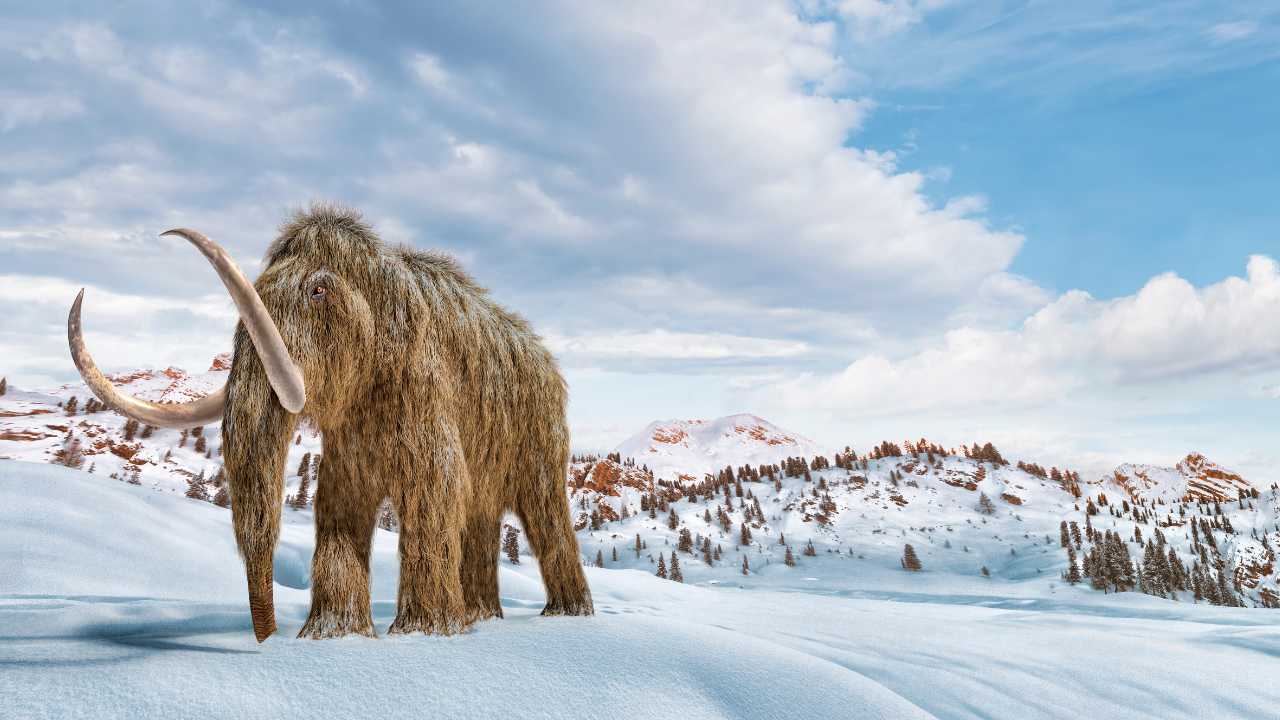
Woolly mammoths had a fatty hump on their backs, similar to camels. This hump stored nutrients and helped them survive during times when food was scarce.
6. They Had Small Ears
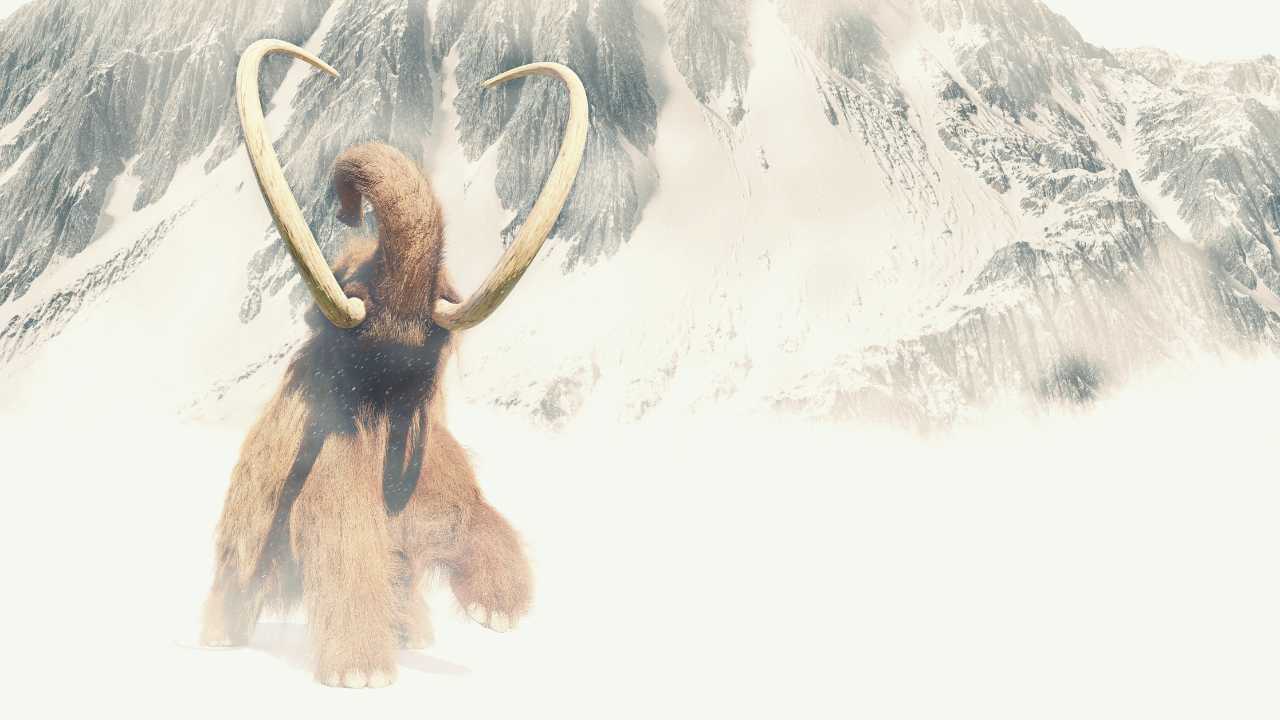
Unlike modern elephants, woolly mammoths had small ears to minimize heat loss. This adaptation helped them stay warm in their cold environments.
7. They Lived in Large Herds
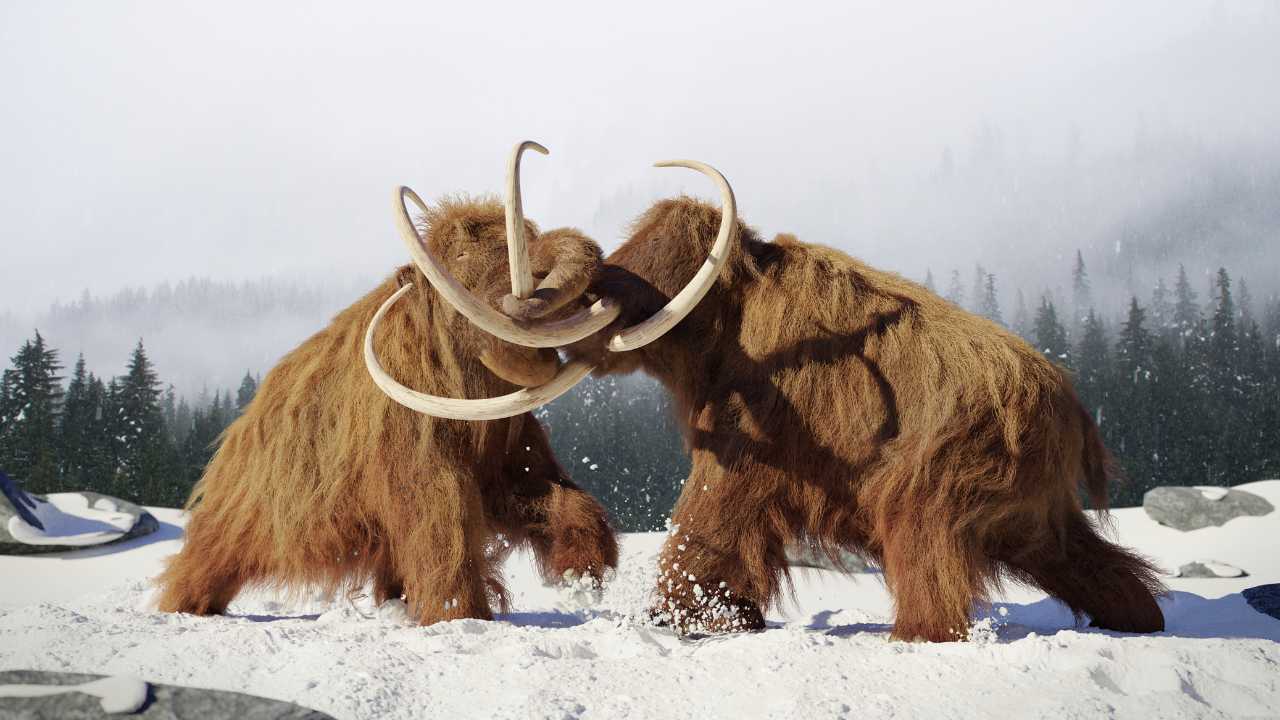
Woolly mammoths were social animals that lived in large herds. These herds provided protection against predators and helped them find food.
8. They Communicated with Infrasound
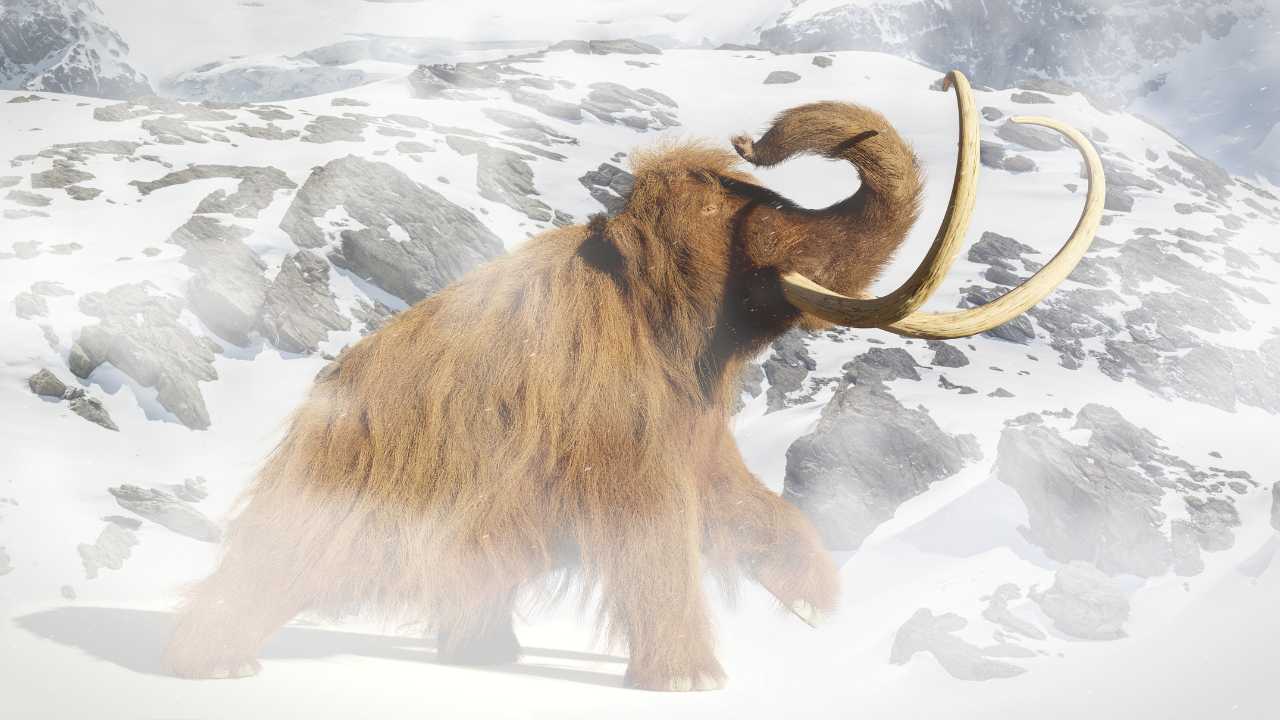
Woolly mammoths likely communicated using infrasound, low-frequency sounds that travel long distances. This allowed them to stay in contact with other herd members even when they were far apart.
9. They Were Skilled Swimmers

Despite their size, woolly mammoths were excellent swimmers. They could swim across rivers and lakes, using their trunks as snorkels.
10. Their Closest Living Relatives Are Asian Elephants

Woolly mammoths are closely related to today’s Asian elephants. They share many physical and genetic similarities, despite living in very different environments.
11. They Had an Extended Trunk
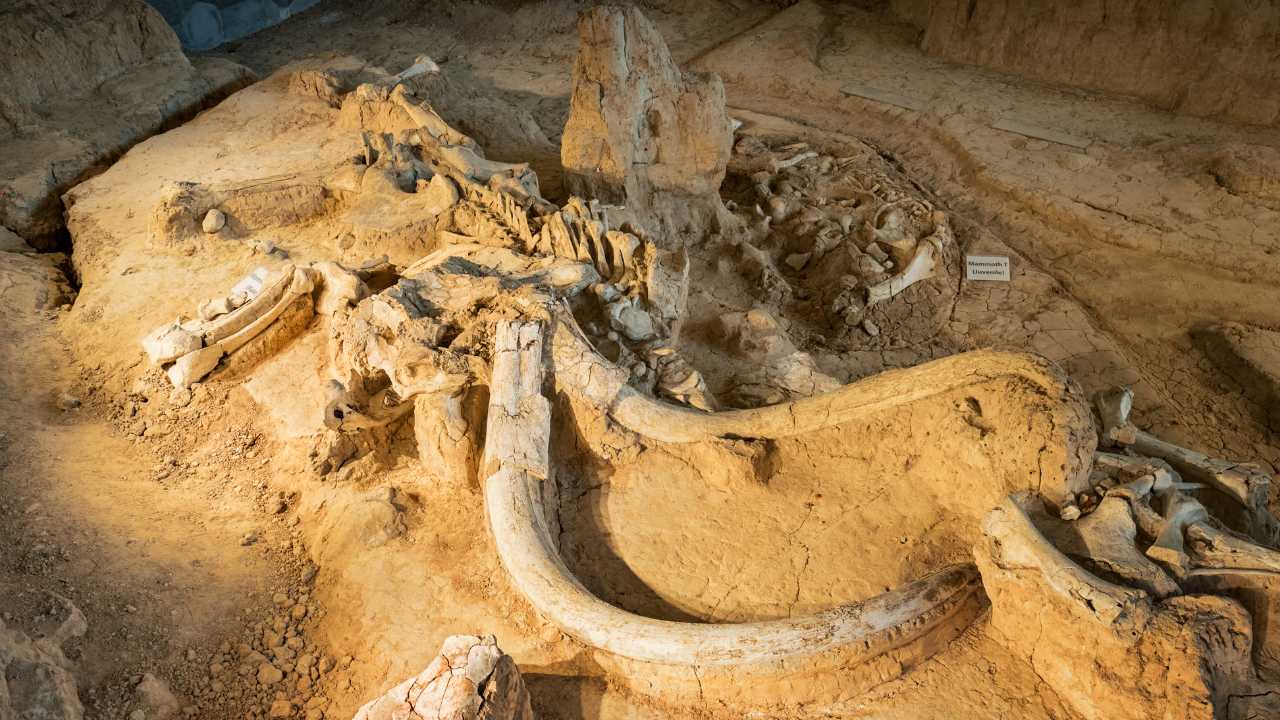
Woolly mammoths had long trunks that they used for a variety of tasks, such as picking up food, drinking water, and interacting with other mammoths.
12. They Roamed Across Much of the Earth
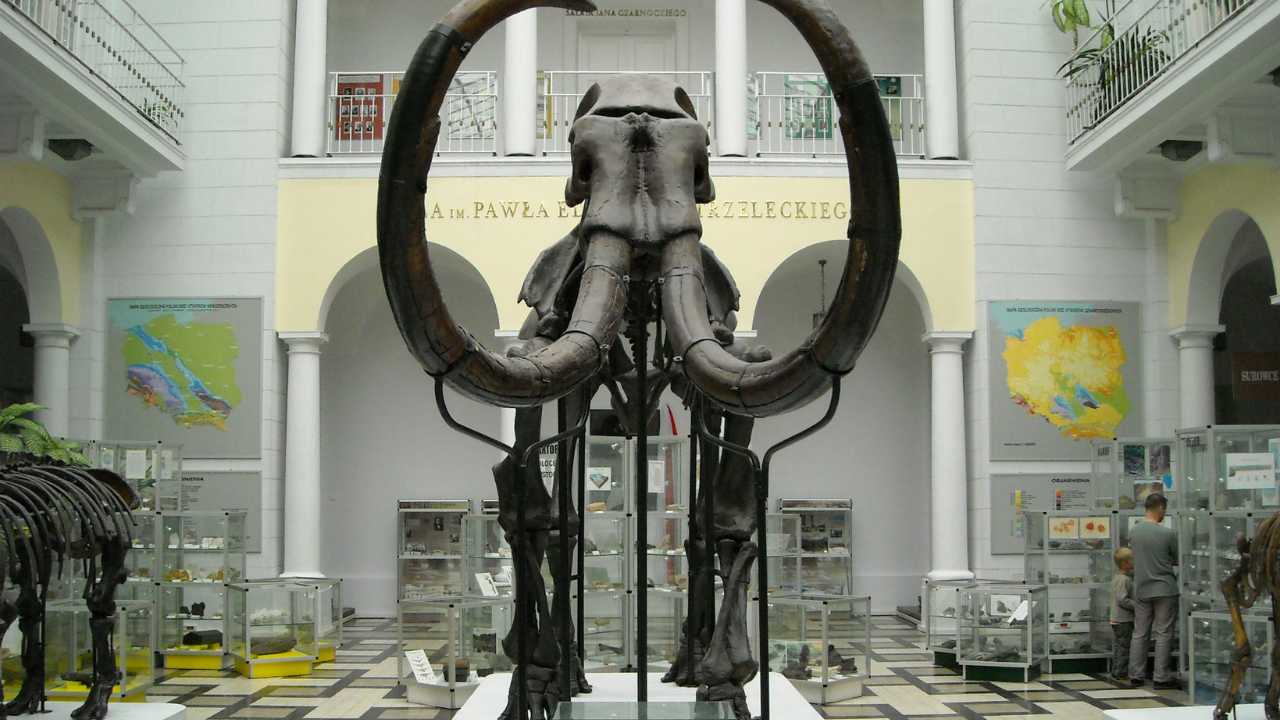
Woolly mammoths lived in a vast range that included parts of Europe, Asia, and North America. They adapted to different environments across these continents.
13. They Disappeared About 4,000 Years Ago

The last woolly mammoths disappeared around 4,000 years ago, likely due to a combination of climate change and human hunting. Small populations survived on isolated islands for a while longer.
14. Frozen Mammoth Remains Are Often Found
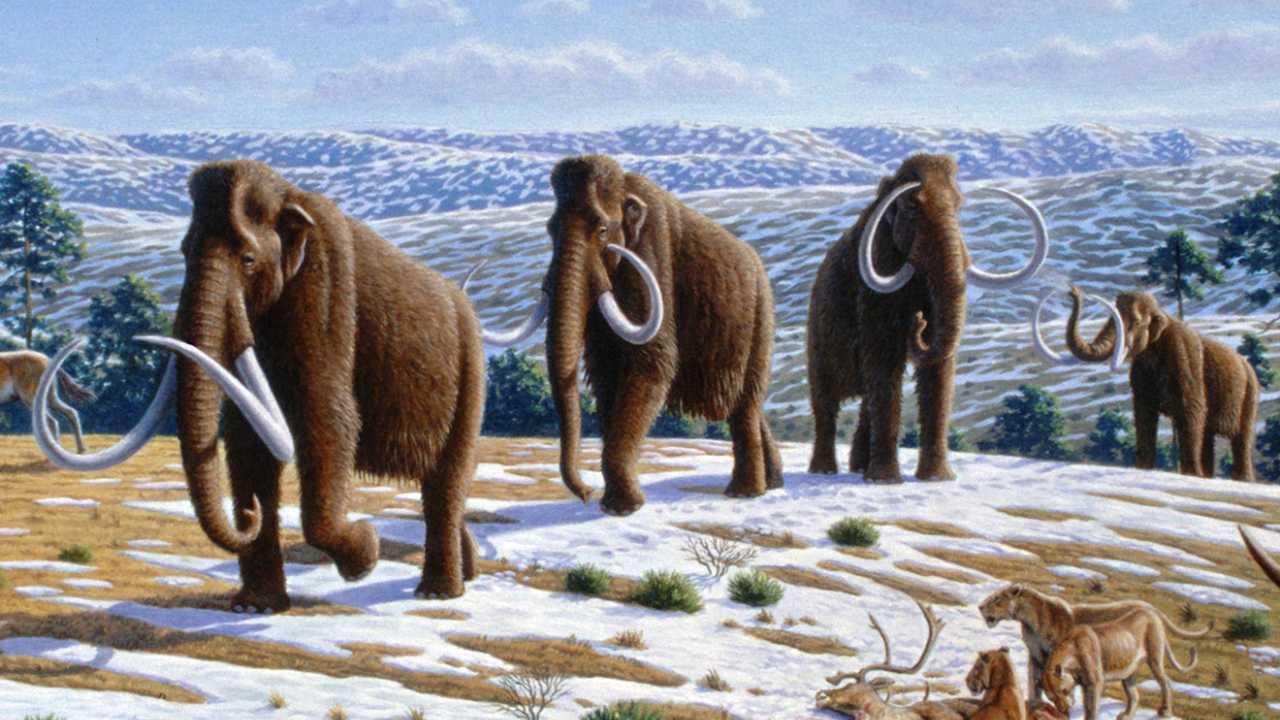
Scientists have discovered many well-preserved woolly mammoth remains in Siberia and other cold regions. These finds have provided valuable insights into their lives and environments.
15. Scientists Are Trying to Bring Them Back
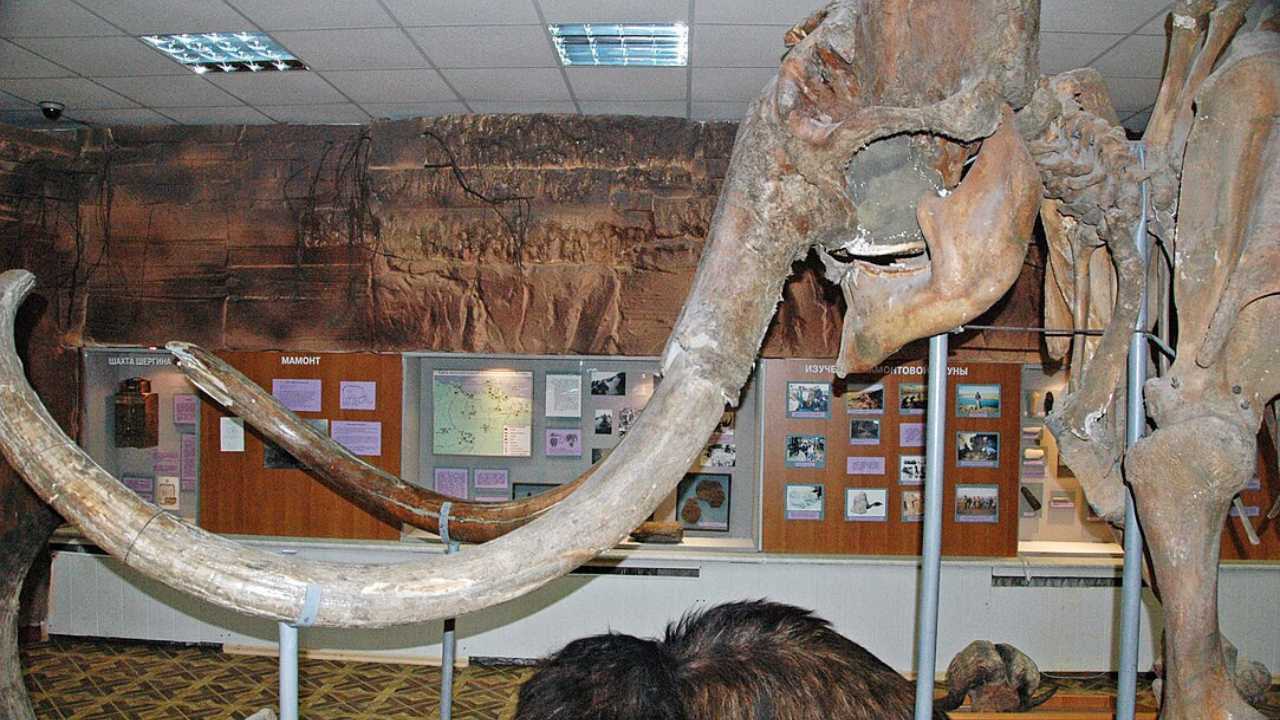
Using DNA from preserved mammoth remains, scientists are exploring the possibility of bringing woolly mammoths back through a process called de-extinction. This could help restore Arctic ecosystems and combat climate change.
Becky is a fervent wildlife enthusiast and pet care expert with a diploma in canine nutrition. Her love for animals stretches beyond the domestic, embracing the wild tapestry of global fauna. With over a decade of experience in animal welfare, Becky lends her expertise to OutlandishOwl through insightful articles, captivating wildlife information, and invaluable guidance on pet nutrition. Her work embodies a deep commitment to understanding the intricate lives of animals and a passion for educating others on sustaining natural habitats. Becky's hands-on conservation efforts and her knack for translating complex dietary science into practical pet feeding tips make her an indispensable voice for creatures great and small.




